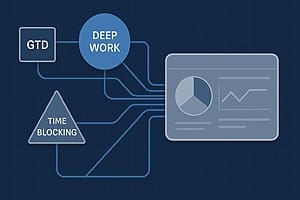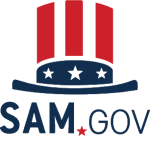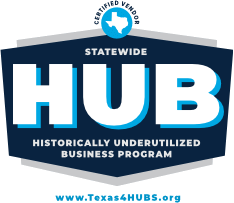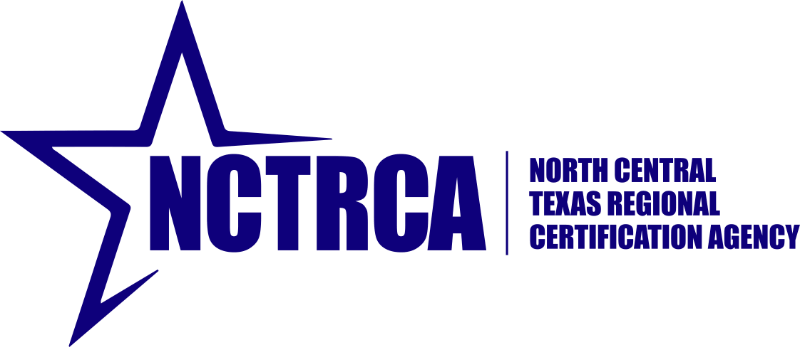788%. That is the ROI you get from executive coaching.
With such high returns, it is evident that effective coaching is a fine blend of solid experience, strategies, framework, and a personalized approach. However, in addition to the strategy, executive coaching involves a variety of practical tools and techniques.
If you are looking for executive coaching tools to elevate your leadership capacity, this blog discusses some of the best tools.
Read on to discover them.
TL;DR – 5 Executive Coaching Tools
Not enough time? Here is a sneak peek of the tools we have discussed in this blog:
- Productivity tools
- Assessment tools
- Goal-setting and planning tools
- Communication tools
- Problem-solving tools
We have discussed each tool in detail later on. Utilizing these coaching tools will help you build the necessary skills, making leadership easier.
If you’re unsure how to use these tools, you can opt for professional executive coaching. At Tandem Coaching, we offer personalized executive coaching solutions designed for leaders like you. Let’s partner to maximize your leadership capacity and drive more results.
Book a free consultation today, and let’s explore our partnership options.

Importance of Using Executive Coaching Tools
Executive coaching tools are highly beneficial for leaders. Here are some of the benefits:
- Facilitates Accountability: With executive coaching tools, you can document your progress and track your achievements. This regular evaluation fosters a sense of accountability and enables you to achieve your goals.
- Increased Self-Awareness: Many coaching tools include assessments that can help you gain clarity on your strengths and weaknesses. This knowledge is fundamental for your growth as a leader.
- Accelerated Achievement of Goals: Using executive coaching tools can accelerate your success. With the availability of structured frameworks, you can set clear objectives and get more motivated to achieve your goals.
- Long-Term Impact: Beyond the current effects, coaching tools can build a lasting organizational culture that values accountability and results. This can help you build a stronger team and foster continuous improvements in your organization.

Key Factors to Consider While Choosing Tools for Executive Methods
You need to ensure that the tools you select align with your needs.
Here are some factors to consider when choosing tools:
- Purpose and Objectives: First, define what you want to achieve, and then choose tools that align with your sessions’ specific objectives.
- User-Friendliness: Select tools that are easy to navigate and readily available. Complex tools can reduce effectiveness and hinder engagement.
- Integration with Existing Systems: The tools should connect seamlessly with the tools you already use to enhance efficiency.
- Diverse Offerings: Opt for tools that address different coaching aspects. Tools that provide all-in-one solutions offer more flexibility.
- Customization Options: Choose tools that can be customized to suit your unique needs. A good tool should be scalable and built to grow with your practice.

5 Essential Executive Coaching Tools and Techniques
We have grouped these tools into five main categories. Let’s discuss them:
1. Productivity Tools
As an executive leader, you need to complete numerous tasks effectively while staying productive. Productivity tools can help you manage your time better and become more efficient.
Here are some recommended productivity tools:
- Scheduling/calendaring: With scheduling tools, you can streamline your appointments and ensure you don’t miss deadlines or important meetings.
- Action priority matrix: This simple template can help you prioritize tasks based on their impact and urgency.
- Daily questions by Marshall Goldsmith: This tool contains a set of reflective questions to help you evaluate your daily progress toward set goals.
- Hidden time wasters: This template helps you track daily activities and categorize them to identify unproductive habits.
- Stress diary dive: With this tool, you can write out stressful situations in your daily work life and your reaction to them. This will help you identify stress triggers, develop coping strategies, and improve your productivity.
2. Assessment Tools
Assessment tools give you a better understanding of yourself. You can easily identify your strengths and weaknesses and channel your energy accordingly.
Here are some assessment tools:
Personality Tests
A personality test will help you better understand yourself. Here are some functional personality tests:
- Profile XT: This tool efficiently evaluates job fit by measuring cognitive abilities, behavioral traits, and interests. It uses a unique ‘job matching feature’ to match you with a fitting role.
- CliftonStrengths: Identify your top strengths from a pool of 34.
- Myers-Briggs Type Indicator (MBTI): This divides personality into 16 different types, showing you what personality you have.
- DISC Assessment: Categorizes personalities into four main styles—Dominance, Influence, Steadiness, and Conscientiousness.

360-Degree Feedback Tools
This gathers comprehensive feedback from peers, subordinates, and superiors to provide a holistic view of performance. This template is effective because it:
- Provides complete insight
- Gives unbiased assessments
- Helps you get personalized solutions
Mattone Leadership Enneagram Index (MLEI)
This template enables you to determine your predominant leadership styles and maturity levels. It typically consists of a 20-minute assessment with 108 items that you are expected to complete.
Upon completion, the tool generates a report that gives insight into your leadership style and capabilities.
LeadNOW! by Stewart Leadership
LeadNOW! is an effective leadership development system designed to enhance leadership skills. It consists of 21 modules, each taking approximately 5-10 minutes to complete.
The modules cover key leadership aspects like creating purpose, delivering excellence, developing self and others, and leading change.
Emotional Intelligence Tests
These tests show how you manage stress and relationships and make decisions influenced by emotions. They reveal your emotional strengths and weaknesses and show you where you need to make improvements.
Some highly functional emotional intelligence tests include:
- Genos Emotional Intelligence: This tool helps improve emotional interactions and responses by measuring self-awareness, authenticity, self-management, and other emotional intelligence competencies.
- Six Seconds Emotional Intelligence Assessment (SEI): This assessment covers eight competencies and shows areas for growth.
- Emotional Intelligence Appraisal: This test divides emotional intelligence into four categories: self-awareness, self-management, social awareness, and relationship management. It is designed to measure emotional intelligence.
- Mayer-Salovey-Caruso Emotional Intelligence Test (MSCEIT): It explores how individuals perceive and utilize emotions.

3. Goal-Setting and Planning Tools
These tools are used to set clear objectives. Without clear, actionable goals, tracking progress becomes impossible.
Here are some functional exercises and templates used to set goals:
- The ASPIRE Model: The structured approach of the ASPIRE model created by Tandem Coaching helps you identify priorities and create personalized plans to achieve your goals.
- SMART Goals Coaching Tool: This method helps set Specific, Measurable, Achievable, Relevant, and Time-bound goals.
- The GROW Model represents Goals, Reality, Options, and Wins. This executive coaching model can help you clarify your goals and explore pathways to actualizing them.
- Creating a Vision Board: A vision board will consist of quotes, images, and symbols that resonate with your goal. With this board, you can always focus on your goal and work toward it.
- The Accountability Partner System: Another effective way to actualize goals is to have an accountability system. This method involves pairing up with others (especially people with similar goals) to check in on each other’s progress from time to time.
4. Communication Tools
What is leadership without communication? Our experts are particular about executive communication coaching because communication plays a huge role in your leadership journey.
Some basic communication tools include:
- Slack or Google Hangouts: Send quick messages from any location
- Calendly or Doodle: To schedule sessions
- Otter or Rev: To transcribe meetings
Here are some smart exercises to encourage effective communication:
Asking Open-Ended Questions
Conversations that have open-ended questions provoke reflection and enhance decision-making. Questions like:
- What feedback do you have regarding our current projects or initiatives?
- What ideas do you have for improving our team’s processes or workflows?
- What steps can you take to achieve your goals?
These questions strengthen the communication between your team members and ultimately lead to better results.
The Active Listening Exercise
In this method, partners take turns speaking and listening. The listener must summarize what the speaker said before responding.
The exercise promotes attentive listening, ensuring that individuals listen to understand, not just respond.
5. Problem-Solving Tools
These tools help you brainstorm challenges and make the right decisions to solve pending problems. Here are some effective tools that can be used to solve problems:
- SWOT Analysis: SWOT is short for (Strengths, Weaknesses, Opportunities, and Threats). A SWOT analysis provides a comprehensive view of both internal capabilities and external market conditions, facilitating informed decision-making.
- Root Cause Analysis: This is an effective problem-solving technique in which you identify a problem and then work backwards to uncover its root causes.
- Brainstorming Sessions: In these sessions, individuals are made to generate as many ideas as possible around a specific problem without judgment.

Advanced Techniques for Overcoming Challenges in Executive Leadership
As an executive leader, you are bound to face multiple challenges, but what makes you a dynamic leader is your ability to overcome these challenges.
Here are some advanced techniques that you can use to overcome the challenges you face:
- Emotional Intelligence Development: You can manage your team better if you have a high EQ as a leader.
- Data-Driven Decision Making: Implement analytic tools to gather relevant data and use it to make more informed decisions.
- High Adaptability: Learning to adapt seamlessly to new conditions will help you navigate situations effectively.
- Build High-Performance Teams: Training your team effectively is an investment with long-term benefits. A well-trained team shares a sense of purpose and produces the best results.
- Delegation: By delegating some of your tasks to other members of your team, you have less workload while training other individuals to stand in your capacity.

Explore Executive Coaching Services at Tandem Coaching
In a world where leadership is constantly evolving, our Tandem Coaching experts can guide you toward a smooth leadership journey.
Here is what our executive coaching package entails:
- Tailored coaching strategies that align with your leadership goals
- Utilization of effective feedback mechanisms to understand your leadership style better
- Implementation of proven methods and frameworks to drive results
- A supportive coaching session with regular check-ins to keep you accountable
With our renowned coaches, proven methods, and dedication toward your success, you can rest assured of your impactful leadership. Book a free consultation with us today.

Frequently Asked Questions (FAQs)
Here are some frequently asked questions about executive coaching tools and their answers:
What Are Executive Coaching Assessment Tools?
These are essential tools for evaluating your skills, behavior, and overall effectiveness as a leader.
With these tools, the best executive coaches at Tandem Coaching can easily gain insights into your strengths and weaknesses and then identify areas for development, allowing for tailored coaching strategies.
What Role Do Personality Assessments Play in Executive Coaching?
Personality assessments measure your personality traits and preferences, providing insights into how these traits affect your behavior and interactions in a professional setting.
Here are some ways that personality assessments help:
- Enhances your self-awareness
- Guides your career development
- Improves your communication skills
- Identifies areas for improvement
How Do Executive Coaches Use Emotional Intelligence Tools?
At Tandem Coaching, we understand the critical role that emotional intelligence (EI) plays in effective leadership and organizational success.
We utilize emotional intelligence tools to enhance your leadership capabilities and interpersonal effectiveness. Our proven coaching approach is particularly effective for resolving conflicts, creating a supportive environment, and measuring long-term impact in organizations.
Conclusion
The right executive coaching tools will enhance your performance and help you easily navigate the complexities of leadership.
Ready to unlock more layers of your leadership capacity? Contact us today, and let’s help you become a better leader.
Explore our tailored solutions:

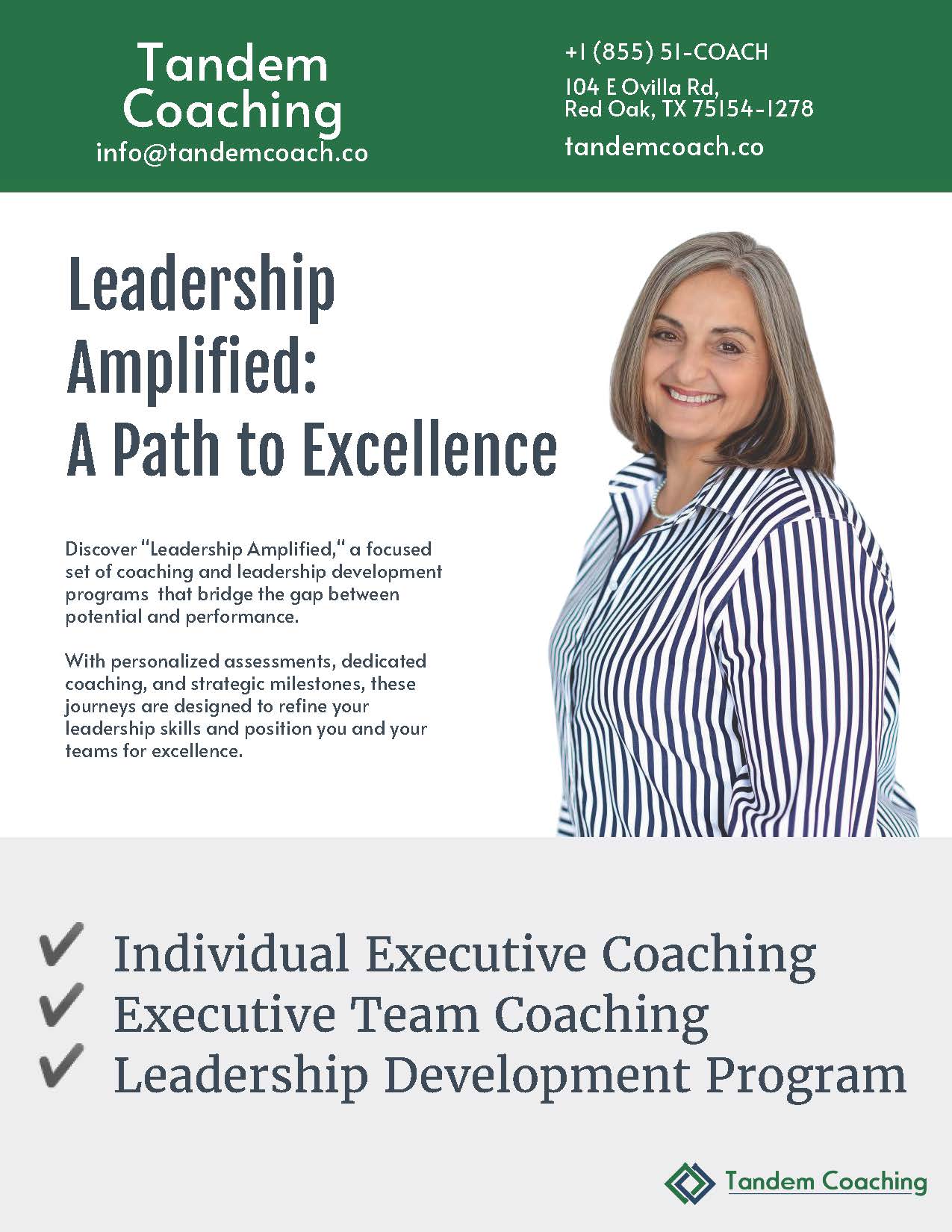
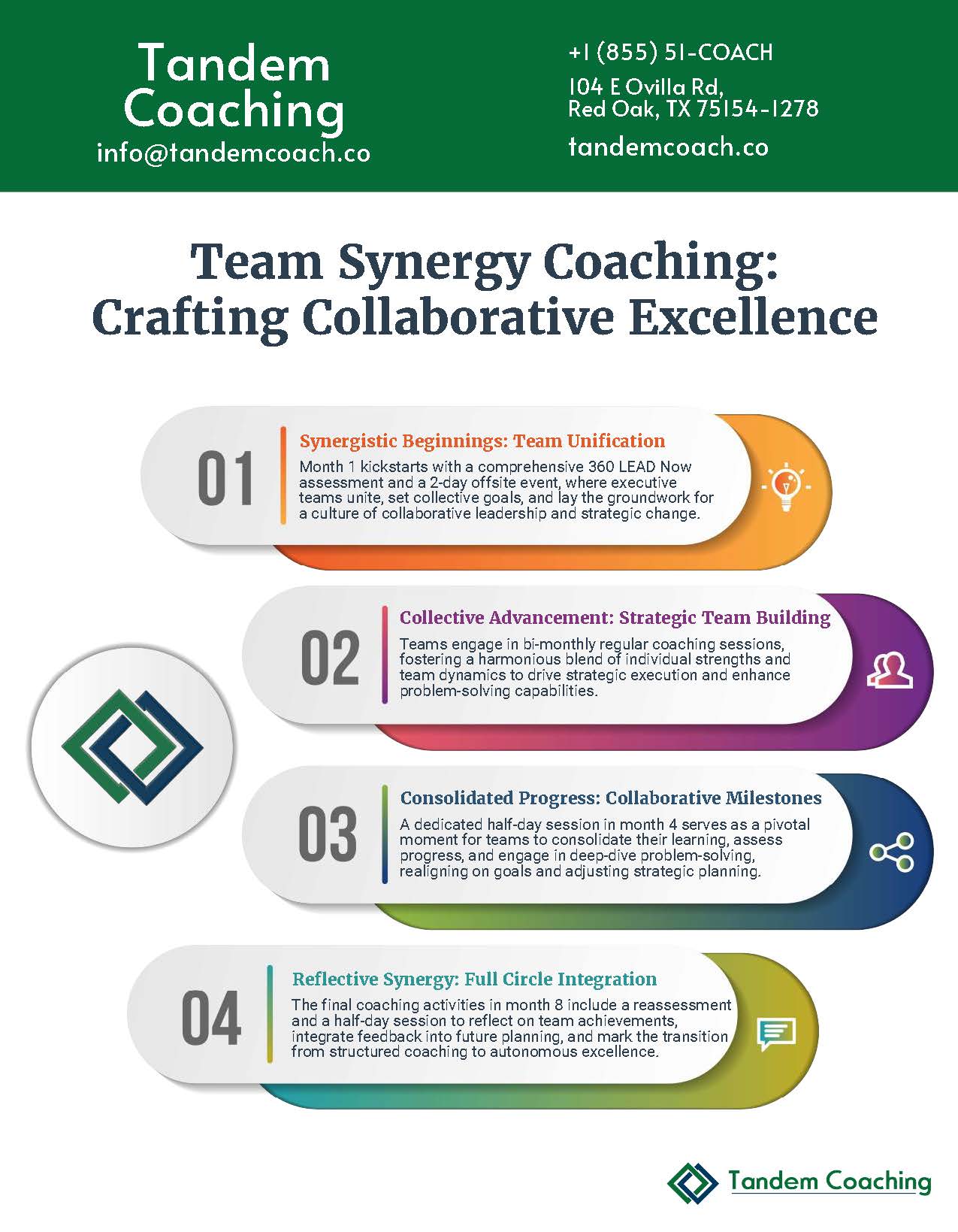
Boost Your Leadership Team Success!
Take your leadership team to the next level and achieve great results with our executive coaching.
Learn how our coaching and ASPIRE method can change things for you—get a free brochure to begin your journey.
About the Author
Cherie Silas, MCC
She has over 20 years of experience as a corporate leader and uses that background to partner with business executives and their leadership teams to identify and solve their most challenging people, process, and business problems in measurable ways.


